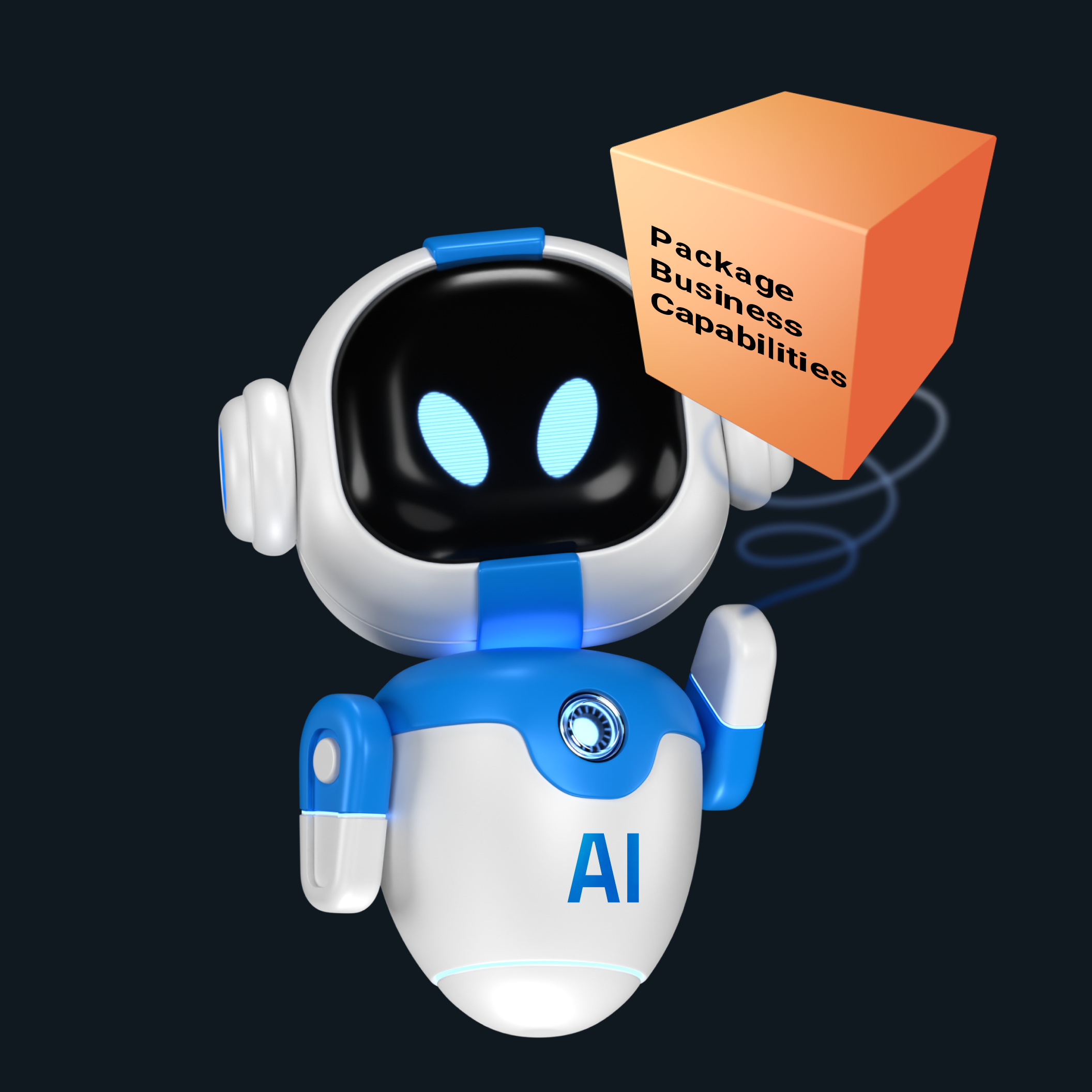
Composability and AI: Shaping the Business Landscape of Today and Tomorrow
Artificial Intelligence (AI) stands as a transformative power in today's rapidly evolving business environment.
Positioned at the Peak of Inflated Expectations on Gartner, Inc.'s 2023 Hype Cycle for Emerging Technologies, generative AI is expected to deliver transformational benefits within the next two to five years.
From automating repetitive tasks to optimizing complex decision-making processes, AI technologies are revolutionizing industries, by enabling organizations to streamline operations, enhance customer experiences, and drive innovation.
Today, the integration of composability with AI offers companies unique opportunities to unlock unprecedented business value in brand-new scenarios, sustain profitability, and gain substantial competitive edges.
Think of application composition as the process of composing and recomposing an organization's digital assets—such as APIs, internal and external services, legacy systems, and UIs. This approach, by accelerating the speed at which enterprises can innovate and deliver business value, enables them to create user experiences that keep pace with market demands.
In this context, we believe composability and Generative AI can synergize and empower each other in two strategic ways:
- AI at the Service of Composition – This is our short-term area of development.
- AI as the Object of Composition – This represents our mid-to-long-term target.
Before we delve into these approaches, let’s gain a clearer understanding of what composable applications are, independently of AI.
What are Composable Applications?
Composable applications are designed and built using modular, adaptable, and reusable components—often referred to as the composability building blocks. Each component encapsulates specific business functionalities and can be easily assembled, orchestrated, and integrated to create custom applications precisely tailored to meet specific needs.
With a composable approach, there is no need to develop every application from scratch; instead, you can construct applications using these reusable components.
Pushing this approach further, an organization reaches a point at which it can componentize entire Business Capabilities - Aka PBCs (Packaged Business Capabilities, as named by Gartner), leveraging the full composability potential to create new applications by means of composition instead of traditional development.
Following this Composability vision, Entando positions itself as a catalog-centric platform, meaning that all of an enterprise's components and PBCs are stored, curated, versioned, organized, and governed by its internal catalog. This powerful feature enables companies to pick and use any of these components at any given time, and furthermore, to enrich the catalog with third-party components from public Marketplaces.
So, how can AI enhance this composability process?
AI at the Service of Composition: Coming Soon
We're in a stage where Generative AI primarily assists with repetitive tasks, operating through human-machine interactions guided by instructions (prompts). By integrating this form of AI with an Application Composition Platform (ACP), we can significantly reduce the time required for implementation, and boost project efficiency. Here's how AI at the service of composition can revolutionize the process:
- automate repetitive operations necessary to create a bundle—a group of modular components packaged together for specific functionality)
- search the catalog for assets needed to complete tasks, eliminating the manual process of sifting through the catalog
- scan the marketplace to locate and suggest components not available within your organization’s catalog, needed to complete tasks.
- automate the deployment and installation of components.
Let's take a real-life example. Suppose you want to add an international shipping option to your e-commerce system:
- without an ACP - you need to manually code this feature.
- with an ACP - you can search for and install the international shipping courier PBC module directly from your catalog. If you don’t have one, you can pick it from Entando’s Marketplace
- with an ACP + AI - you simply tell Entando’s AI Assistant to add an international shipping option to your application, and it will automatically find and integrate the right module for you
Generative AI at the service of composition is a major focus of our current development efforts and will be a key feature in upcoming upgrades to our platform.
Of course, as AI adoption continues to expand rapidly, the future will likely unveil possibilities that are only partly conceivable today.
AI as the Object of Composition: Future Prospects
In the scenario described above, AI serves as an assistant to humans. However, we can envision a near future where AI transitions into an object of composition—acting not as a human interface but as a module that interacts with other modules in machine-to-machine communications, facilitated by the capabilities of the Entando Platform.
In this advanced framework, the output of one AI process within a module could serve as the input—or a prompt—for another AI process in a separate module. As of now, there is no mechanism to interface different AI systems. Each operates in isolation.
Once AI can be integrated within an ACP like other modules, it will significantly broaden its applications in businesses. While we can only begin to envision the vast possibilities that the future holds, we at Entando are ready to embrace these new paradigms and technologies to continue fueling our Enterprise Composability mission.
